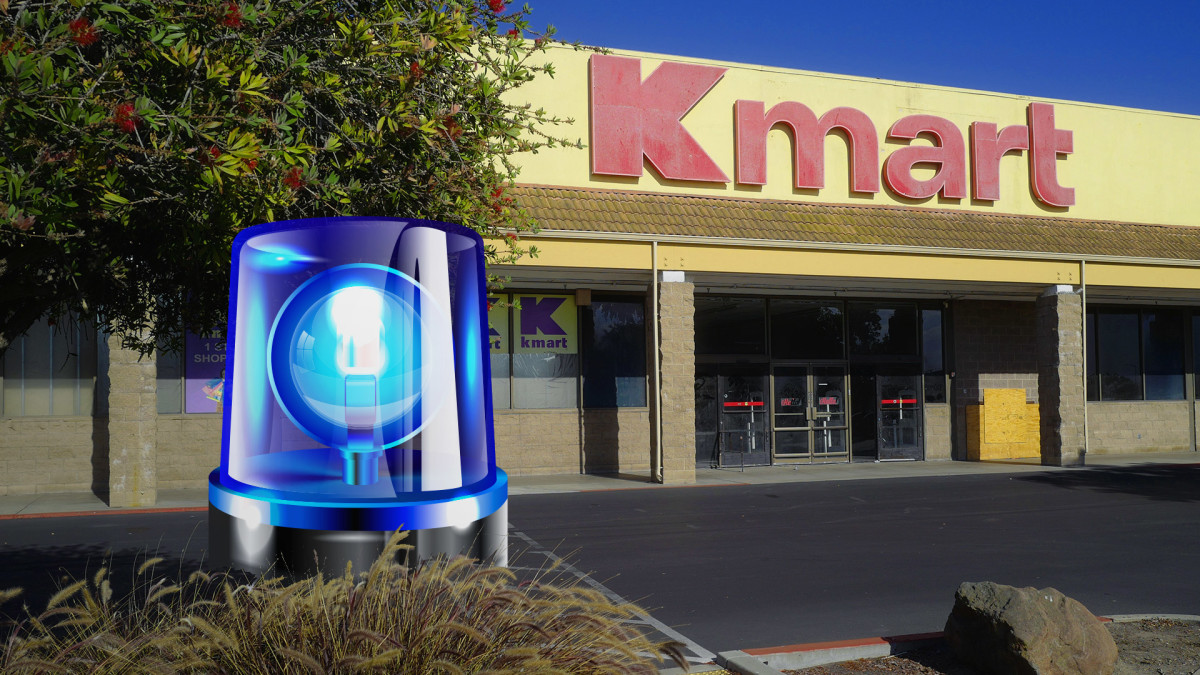
Retail stores operate in an unforgiving, ever-changing competitive environment.
So many of them reach a peak from which they seem unmovable, only to make a few mistakes and find themselves out of business.
Time was, for example, that Toys "R" Us dominated the toy business. Parents taking their kids there was an event, a form of entertainment. The chain's management, however, ignored the fact that rivals like Target and Walmart could sell toys at lower prices to get mom and dad to buy wider-margin items.
DON'T MISS: Popular retail chain survives bankruptcy, but stores will close
The chain also missed the threat Amazon posed to its business, and instead of making steady changes to keep its stores as destinations, Toys "R" Us slowly lost relevance. By the time the once-dominant brand's executives knew what was happening, they no longer had the money (due to a terrible series of financial choices) to make the needed changes.
That's not a unique tale. In fact, it's a typical one that has been repeated by once-major players including discounters like Ames, Bradlee's, and Caldor.
Those brands, however, were never the top players in the discount-department-store space. That honor was held by the home of the Blue Light Special, Kmart, a company that at its peak had nearly 2,500 locations.
Now, as part of the nearly dead Sears empire, the chain has entered its sad last days as a novelty more than as a going concern.

Kmart gets very close to the end
A Blue Light Special was a popular Kmart sales gimmick, unique to the chain. It started with an "attention Kmart shoppers" announcement about an item being on sale for a matter of minutes. That sale item was illuminated with a blue, police-style light.
In the chain's heyday, pretty much everyone knew of the gimmick, which has been consigned to the dustbin of history. The "attention Kmart shoppers" line was a pop-culture touchstone on the level of Wendy's' "Where's the beef?" or Budweiser's "whassup" campaigns.
Now, Kmart has fallen mightily as former Sears CEO Eddie Lampert has put the brand on the brink of extinction. After its peak in 1994, when the chain had nearly 2,500 locations, Kmart will soon be down to its last few locations in the U.S.
"The company filed notification with the New Jersey Department of Labor that by October 29th, they would be laying off all the employees at the state's last Kmart, in Westwood. The store itself is set to close on Sept. 30," Boston's Kiss 108 radio station reported.
That will leave the chain with one location in Bridgehampton, N.Y., and six locations in Puerto Rico, the US Virgin Islands, and Guam.
Sears isn't doing much better
The fall of Sears has been even sadder. The chain was the Walmart of its day and was the dominant retailer in the U.S., peaking at about 3,500 stores.
That number has dwindled to fewer than 15, with many of the existing locations (perhaps all of them) offering limited merchandise with mostly empty shelves. It's a bleak situation for a company that once dominated retail in a way that even Walmart has never managed.
"At its peak, Sears sales alone accounted for 1% of the entire U.S. economy, and two-thirds of Americans shopped there in any given quarter," Castus reported.
"Sears was America’s largest retailer because it successfully predicted the major trends that shaped the latter half of the 20th century. It correctly predicted the importance of things like mail-order retail, suburbs, and the American mall."
Now, the chain, along with Kmart, which it bought in 2005, appears headed to an inglorious end that seemed unthinkable during the strongest years of both chains.
Receive full access to real-time market analysis along with stock, commodities, and options trading recommendations. Sign up for Real Money Pro now.







